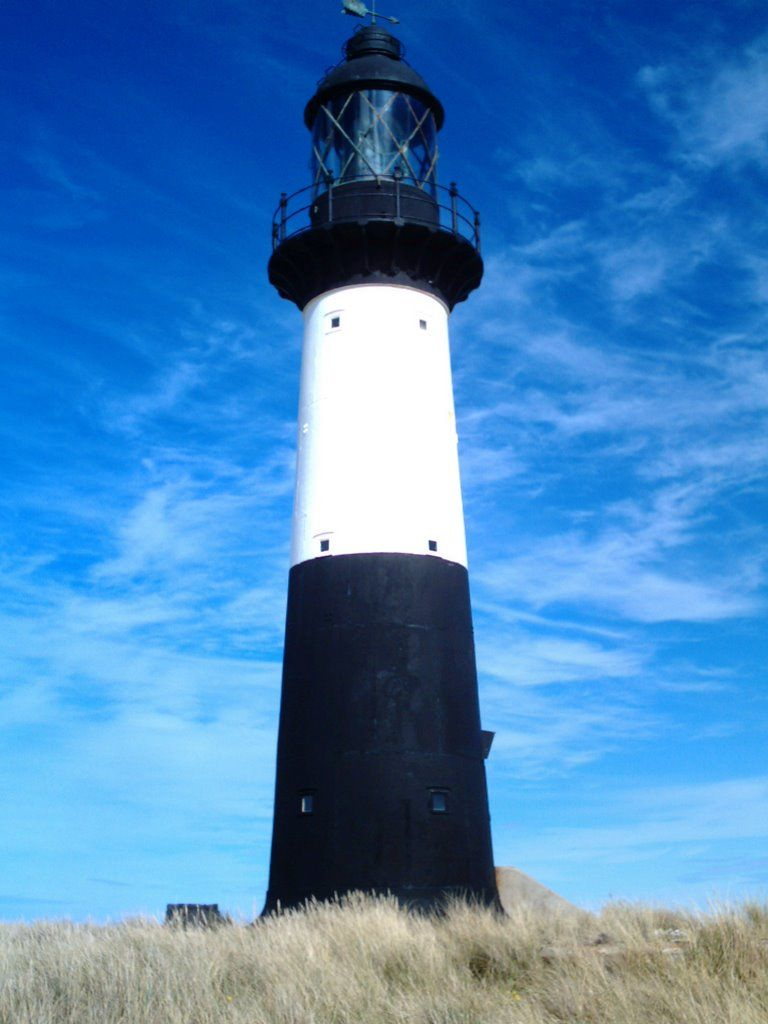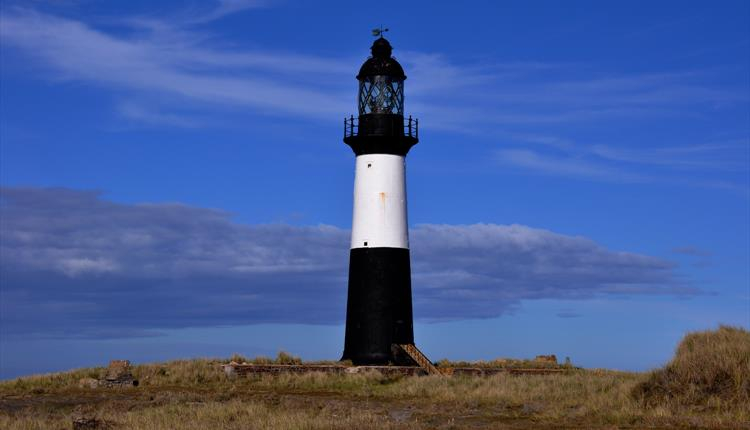Cape Pembroke Lighthouse
Built in 1855, the Cape Pembroke lighthouse was rebuilt in 1906 and renovated in the 1990s. The first marine aid, a red and white painted wooden signpost, was built on Cape Pembroke in the 1840s. A cast-iron lighthouse was built in London by William Wilkins of Long Acre in 1854 to replace it. The red and white striped tower stands at 60 feet tall. 18 canola oil-burning lamps provided the light, which was initially lit in December 1855. In clear weather, the initial illuminant was a catalyst (reflector) and a fixed light that shined in all directions, towards the sea. Trinity House, in London, has jurisdiction over it.
Because the red stripes faded in direct sunshine, the entire tower was painted white in 1889. Governor Allardyce then reported to the Colonial Office in 1904 that he had investigated the lighthouse's base and discovered that the original wooden stakes had rotted away due to the humidity. He said that the structure's brick and cement foundation was damaged and that it was unsafe. As a result, in 1905, the decision was made to rebuild the lighthouse on a new base. The construction of this structure began in 1906. It was a large project involving 700 tons of new materials, a Trinity House supervisor, four English contractors, and a group of locals. While the repair was being done, a ship light was erected on the peninsula. The lighthouse was rebuilt about 200 meters west of its original location, and a new lantern was installed on top, bringing the total height of the lighthouse to 70 meters from the base to the weather vane.
In June 1907, the repaired light was re-illuminated. A 3rd order refractometer with a paraffin lamp was installed to replace the previous system. It is visible for 16 miles in clear weather and is mounted on a clockwise rotating pedestal with strobe lights instead of stationary lights. The tower is black with a large white stripe painted on it. After the Argentine incursion in April 1982, the lighthouse was decommissioned. On Cape Pembroke, a ground-mounted solar power plant built by the Fisheries Department in 1987 provides help for navigation.
Proposals to rebuild the lighthouse were proposed in 1990, and work has been ongoing since then. Stabilizing the tower and fixing damage that had persisted since the 1980s, including replacing damaged lantern glass, were among the main jobs. Maintenance is currently being carried out on a regular basis. The work is supported by a number of organizations, including the Government's Historic Buildings Fund and local charities, but its preservation is mostly dependent on Jane Cameron, a member of the Archives Government and a leading advocate for the preservation of the Falklands' history.
As a lighthouse with a long history, along with a solid design. Not only that, the lighthouse, when night falls, the lights emanating from the lighthouse are shimmering and fanciful. The lighthouse is wonderful, as is the walk or run out into and around the sand dunes of Cape Pembroke. Surf Bay is nearby and beautiful. As well as a few small beaches on the north shore of the Cape where dolphins surf. While going this way, visit the Atlantic Conveyor Memorial and remember those who gave everything for the cause they believed in. With these features, Cape Pembroke Lighthouse deserves to be on the list of the most beautiful historical sites in Falkland Islands.
Location: East Falkland









